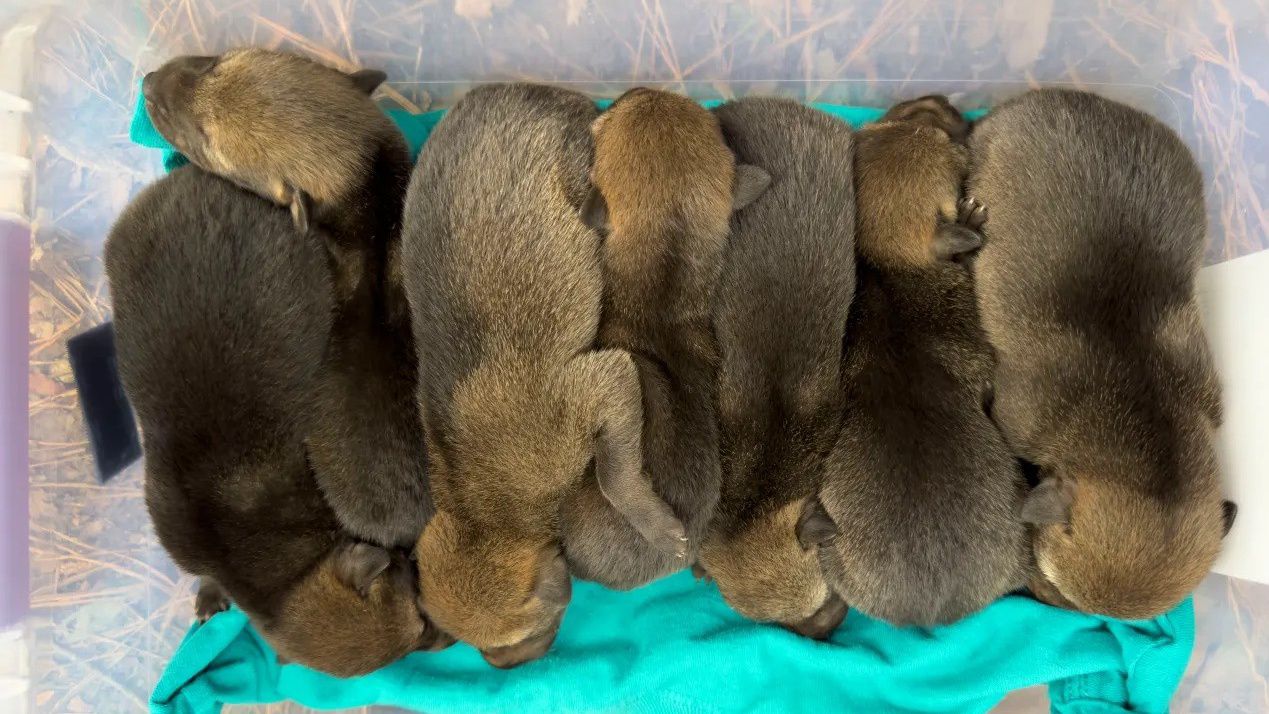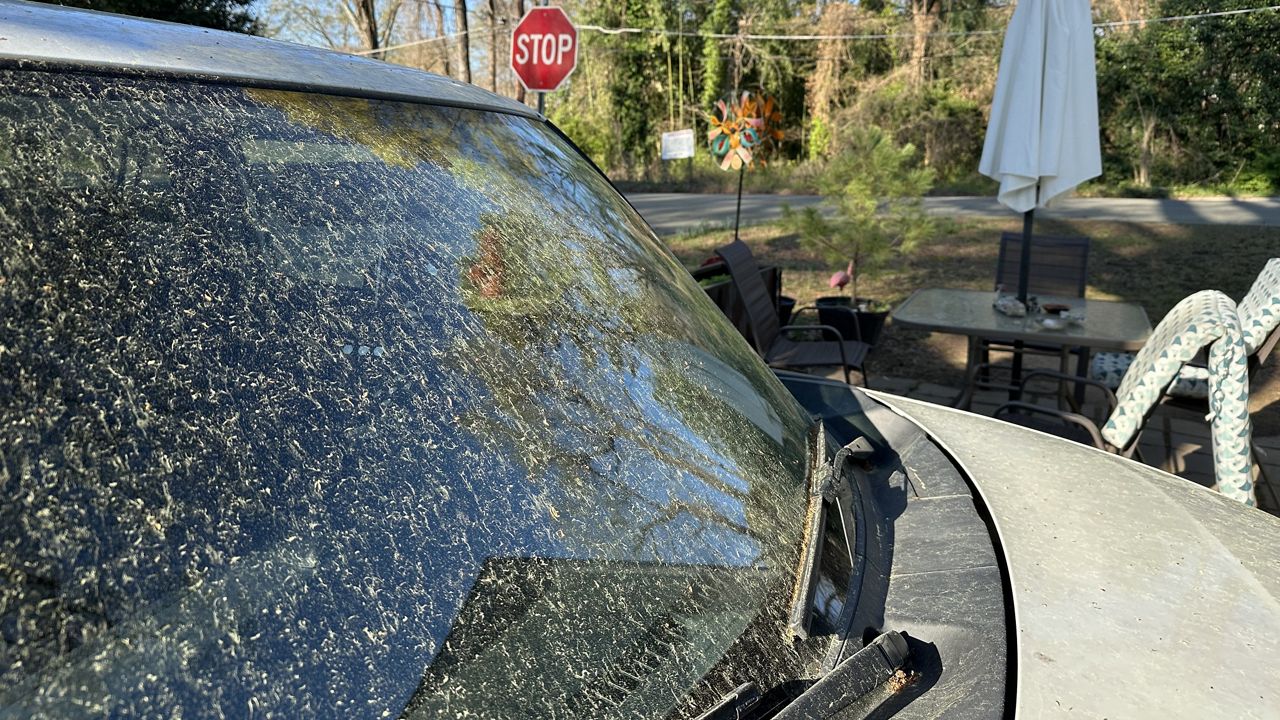For the first time since 2019, the Museum of Life and Science has welcomed a litter of red wolves, the world’s most endangered wolf.
What You Need To Know
- Durham's Museum of Life and Science welcomed a litter of red wolves for the first time since 2019
- The red wolf is the most endangered wolf in the world, with a combined population under 300 in the wild and captivity
- The species was declared extinct in the wild in 1980, but 45 facilities around the U.S. have started breeding programs
- The Museum of Life and Science received its first red wolf in 1992, and has seen five litters before this most recent one
Seven pups were born at the museum on Sunday. All seven pups, four males and three females, were found to be in good health on Wednesday.
“Their arrival is a beacon of hope for the species and a significant milestone in our conservation efforts,”“Their arrival is a beacon of hope for the species and a significant milestone in our conservation efforts,” the museum said in a press release.
Oak and Adeyha, the first-time parents to the new litter, were identified by the museum last summer as a “high-value breeding pair.” The museum said their litter will help maintain genetic diversity in a red wolf population that has dwindled to fewer than 300 in the wild and under human care combined.
Red wolves suffered a similar fate as gray wolves. Their population was decimated by predator control programs and degradation of their habitats.
The species was declared extinct in the wild in 1980 after the last remaining red wolves were captured for a captive-breeding program. Once common throughout Eastern and South-Central United States, the Fish and Wildlife Service says only there are only 15 to 17 red wolves in the wild.
Red wolves are currently classified as critically endangered. While they could once be found from Texas to New York, they are now confined to a small area in eastern North Carolina.

But there are around 250 red wolves in captivity at 45 captive breeding facilities throughout the United States, including the Museum of Life and Science in Durham.
The museum received its first red wolf in 1992, and has since had five litters before this most recent one. Throughout the years, the museum has been home to over 50 red wolves and had more than 30 pups born.
The museum’s Senior Director of Animal Care Sherry Samuels said that the parents and pups are healthy, and regular monitoring is scheduled throughout the next few weeks.
“This summer promises to be filled with excitement as we watch this family grow,” Samuels said in a press release. “Patience and quiet observation will be key when observing our new pups.”
The public could see the baby wolves late next month, but the museum says red wolves tend to be reserved around crowds and loud noises. Museum staff will be present throughout the summer to help the public respectfully observe the new family.










